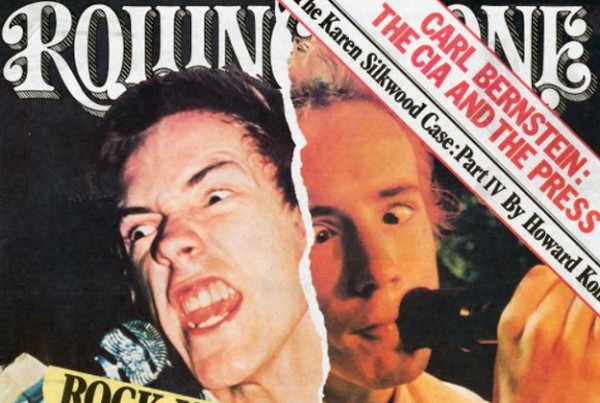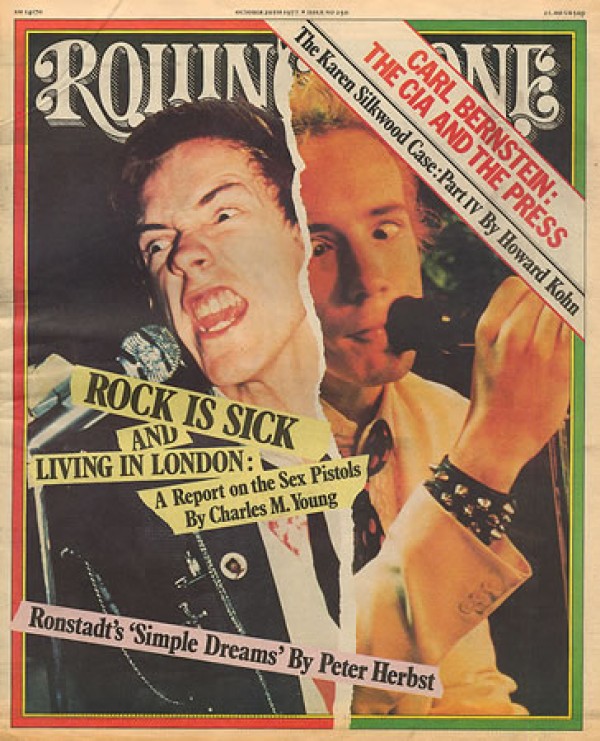ROLLING STONE: In 1953, Joseph Alsop, then one of America’s leading syndicated columnists, went to the Philippines to cover an election. He did not go because he was asked to do so by his syndicate. He did not go because he was asked to do so by the newspapers that printed his column. He went at the request of the CIA.
Alsop is one of more than 400 American journalists who in the past twenty?five years have secretly carried out assignments for the Central Intelligence Agency, according to documents on file at CIA headquarters. Some of these journalists’ relationships with the Agency were tacit; some were explicit. There was cooperation, accommodation and overlap. Journalists provided a full range of clandestine services—from simple intelligence gathering to serving as go?betweens with spies in Communist countries. Reporters shared their notebooks with the CIA. Editors shared their staffs. Some of the journalists were Pulitzer Prize winners, distinguished reporters who considered themselves ambassadors without?portfolio for their country. Most were less exalted: foreign correspondents who found that their association with the Agency helped their work; stringers and freelancers who were as interested in the derring?do of the spy business as in filing articles; and, the smallest category, full?time CIA employees masquerading as journalists abroad. In many instances, CIA documents show, journalists were engaged to perform tasks for the CIA with the consent of the managements of America’s leading news organizations.
The history of the CIA’s involvement with the American press continues to be shrouded by an official policy of obfuscation and deception for the following principal reasons:
? The use of journalists has been among the most productive means of intelligence?gathering employed by the CIA. Although the Agency has cut back sharply on the use of reporters since 1973 primarily as a result of pressure from the media), some journalist?operatives are still posted abroad.
? Further investigation into the matter, CIA officials say, would inevitably reveal a series of embarrassing relationships in the 1950s and 1960s with some of the most powerful organizations and individuals in American journalism.
Among the executives who lent their cooperation to the Agency were Williarn Paley of the Columbia Broadcasting System, Henry Luce of Tirne Inc., Arthur Hays Sulzberger of the New York Times, Barry Bingham Sr. of the LouisviIle Courier?Journal, and James Copley of the Copley News Service. Other organizations which cooperated with the CIA include the American Broadcasting Company, the National Broadcasting Company, the Associated Press, United Press International, Reuters, Hearst Newspapers, Scripps?Howard, Newsweek magazine, the Mutual Broadcasting System, the Miami Herald and the old Saturday Evening Post and New York Herald?Tribune. By far the most valuable of these associations, according to CIA officials, have been with the New York Times, CBS and Time Inc. The CIA’s use of the American news media has been much more extensive than Agency officials have acknowledged publicly or in closed sessions with members of Congress. MORE
RELATED: LA Times Disowns Ex-Inquirer Reporter After He Is Outed As A CIA Collaborator
***
‘Rock Is Sick And Living In England’

ROLLING STONE: A man with curly, moderately long, red hair, a pale face and an apelike black sweater gets out. It is Malcolm McLaren, manager of the Sex Pistols, the world’s most notorious punk band who I have flown from New York to meet and see perform. McLaren has been avoiding me for two days. I introduce myself and suggest we get together soon. He changes the subject by introducing me to Russ Meyer, the softcore porn king of Supervixens and Beyond the Valley of the Dolls fame, who is directing the Sex Pistols’ movie. “You’re a journalist?” asks Meyer. “Do you know Roger Ebert? He won the Pulitzer Prize for film criticism and he’s writing the movie with me. You should talk to him. At the Chicago Sun-Times, he’s Dr. Jekyll. With me, he’s Mr. Hyde. He’s really into tits.”
McLaren seizes the opportunity to disappear into the Vortex and is lost to me for the rest of the evening. The dense crowd inside consists of a few curiosity seekers and 400 to 500 cadaverous teenagers dressed in black or gray. Often their hair is dyed shades of industrial pink, green and yellow. Several blacks, also drably dressed and with rainbow stripes dyed into their short Afros, speckle the audience. The music over the loudspeakers is about two-thirds shrieking New Wave singles and one-third reggae tunes, which the kids respond to with almost as much enthusiasm as the punk rock. The dancing is frantic as a band called the Slits sets up. The style is called pogo dancing – jumping up and down and flailing one’s arms around. It is as far as one can get from the Hustle, and it is the only way one can dance if one is wearing bondage pants tied together at the knees. Most are pogoing alone.
Those with partners (usually of the same sex) grasp each other at the neck or shoulders and act like they are strangling each other. Every four or five minutes, someone gets an elbow in the nose and the ensuing punch-out lasts about thirty seconds amid a swirling mass of tripping bodies. Unlike in American punk clubs, which occasionally become as crowded but where most people still try to avoid jostling each other, no one here hesitates to violate another person’s physical space. Everyone is fair game for a push. The dance floor is phenomenally stuffed with sweating humans, and getting more stuffed with each new song. Roadies onstage and a few fans hurl beer glasses at each other. MORE
WATCH: The Filth And The Fury

